‘All plants want to live – they are on your side’: a beginner’s guide to gardening
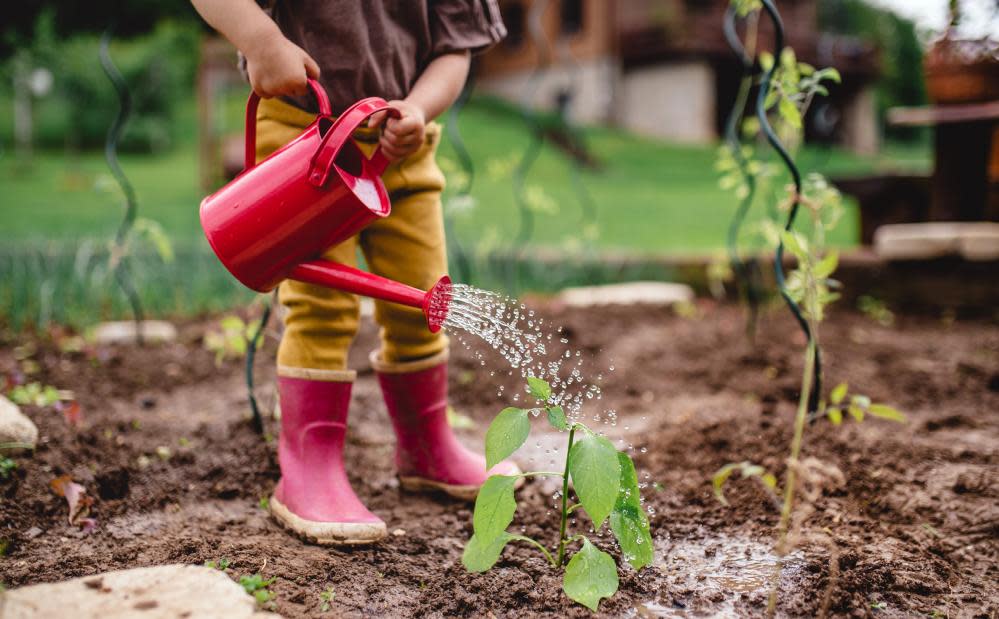
A is for action plan
Before you do anything, consider the three Ss, says Lori Laing, gardener and co-founder of Laing Landscapes: sun (how much your garden gets, and from what direction); soil type; and sitting spot. “Plan the space around how you will relax in it,” Laing says. “If it’s a north-facing garden, the best place for a bench may be the far corner where you were going to plonk a shed.” (For more on soil, see S)
B is for birds
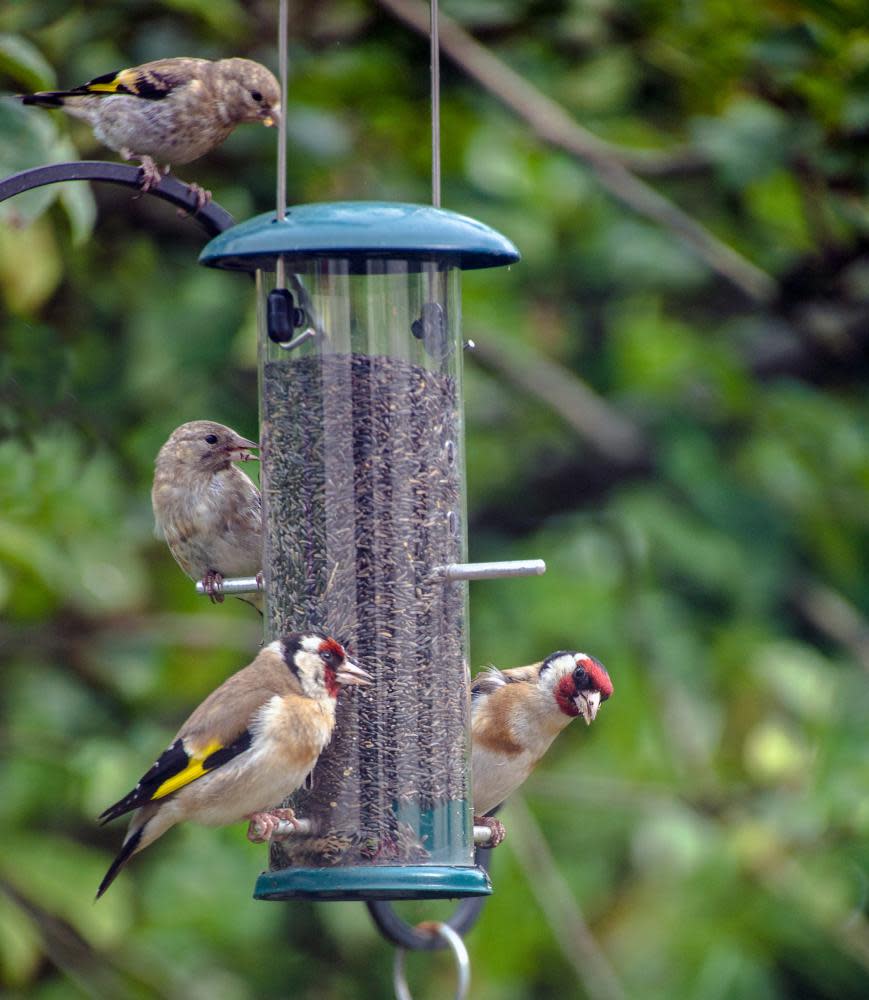
Ignore the old advice on feeding only in winter, says RSPB wildlife gardener Adrian Thomas: spring is an especially hungry time for our feathery pals, with nests to build after winter food stocks have been depleted and insects are scarce. “Put your feeder in an elevated position, close to a bush or tree, so the bird can dash for cover if it needs to, though not so close it will worry about predators,” he says. Birds might not make it up to a high balcony, but a feeder at tree canopy height can be ideal, he says. A good-quality metal feeder with a spring-loaded defence should deter squirrels (try reallywildbirdfood.co.uk), or for closer encounters try plastic feed trays that stick to windows. (Don’t worry about collisions, he says – it’s more dangerous to hang feeders 6ft from the glass, as startled birds can fly into it at speed.)
“Avoid very cheap bird seed mixes as they can have hard wheat in them, which birds don’t like,” he says. A shallow bird bath is also important – but keep it safe from cats.
C is for cottagecore
Rambling country gardens, straw hats and prairie dresses were all over TikTok and Tumblr last year thanks to the vogue for all things #cottagecore. Want to create the look? “The critical thing with a cottage garden is the depth of the border,” says Duncan Cargill of landscape gardening company Cargill Sykes. “Typically, tall plants such as delphiniums or foxgloves are at the back, bushy roses in the middle, then geraniums at ankle height. You need a minimum depth of 150cm to get that gradient.” Check out designer Butter Wakefield’s London “country” garden on Instagram for inspiration.

D is for dog pee
Jumped on the lockdown puppy bandwagon? If your space is paved, create an area with stones for drainage where your dog can pee. Lavender planted around it will help mask the smell, says garden designer Ula Maria. Deter your pooch from digging (and give your space instant structure) by putting in raised beds. “Some plants, such as azaleas and delphiniums, can be toxic for dogs so check before you buy,” she adds.
E is for evergreen structure
Evergreens provide the “bones” of the garden, giving it form and structure all year round, says Duncan Cargill. He suggests clipped yew or the fast-growing ilex as alternatives to the now disease-prone box ball. For container gardens, small space expert Isabelle Palmer, founder of The Balcony Gardener, suggests edging pots with a trailing Icelandic ivy (“it has such pretty heart-shaped leaves”) or muehlenbeckia.
F is for future-thinking
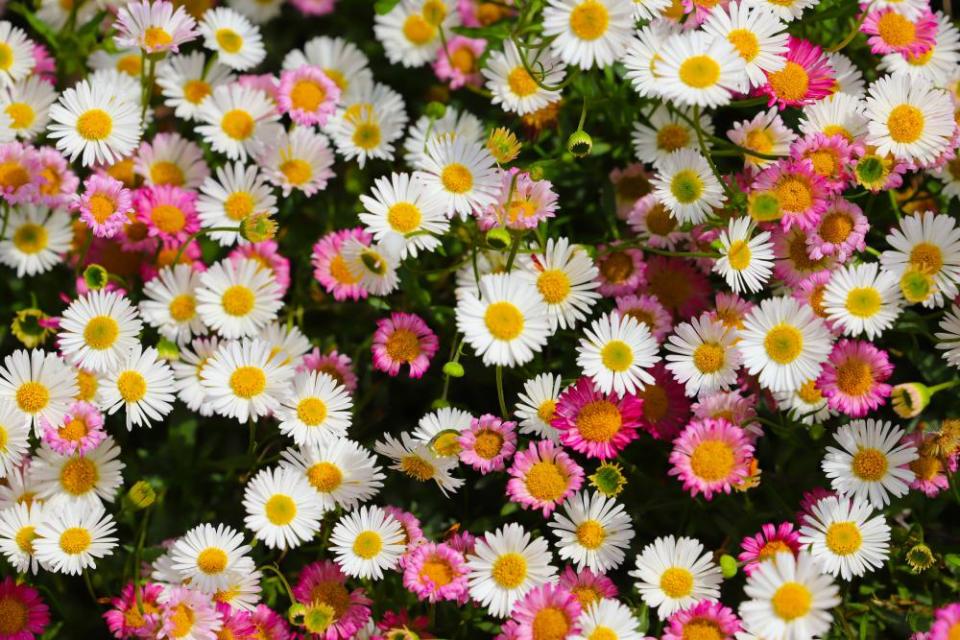
If you have a small balcony and don’t want to waste precious space on something that looks good for only a few weeks, choose plants that flower for a long time. Isabelle Palmer’s failsafes are Mexican daisy, cosmos (“keep deadheading and more flowers will come back”), snapdragons, or hardy wild geraniums.
G is for guesswork
Apps such as Picture This or Plant Snap will help you identify the mystery shrub in a neighbour’s front garden. Duncan Cargill also recommends 1930s gardening bible Plant Names Simplified by AP Stockdale, AT Johnson and HA Smith.
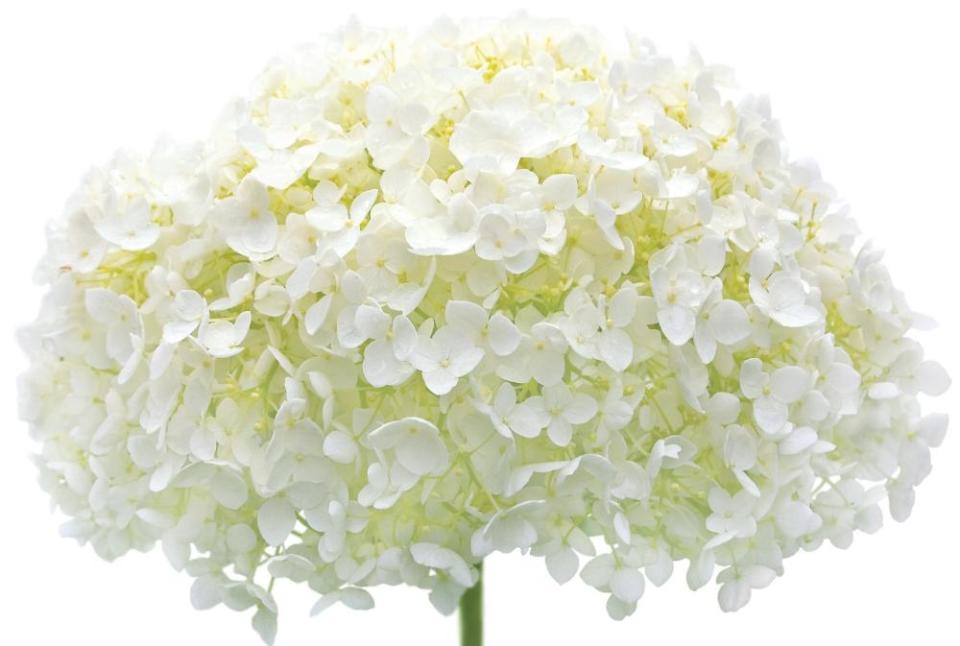
H is for hydrangeas
Tolerant of light shade, hydrangeas will fill an awkward, dappled corner of your garden (ideally they like a bit of morning sun), while the deadheads bring beautiful bronze structure to your beds in winter – unless you decide to harvest them for an indoor display. Hydrangea arborescens ‘Annabelle’, with its football-sized white heads, looks amazing in dense groups, says Laing.
I is for inside-outside…
Echo your interior look outside with an open-air room, complete with rugs, chairs and tables. Extend the house by repeating a paint shade you’ve used inside on a fence or shed. Cargill suggests buying “bridging” plants that work inside and out, such as ginger lily or Fatsia japonica.
…and Instagram
For country garden (and dahlia) envy, follow gardener and floral designer Charlie McCormick (@mccormickcharlie) and his squad of ducks; Alice Vincent’s @Noughticulture is great for urban gardens; or@humanswhogrowfood for grow-your-own stories from all over the world.
J is for jungle
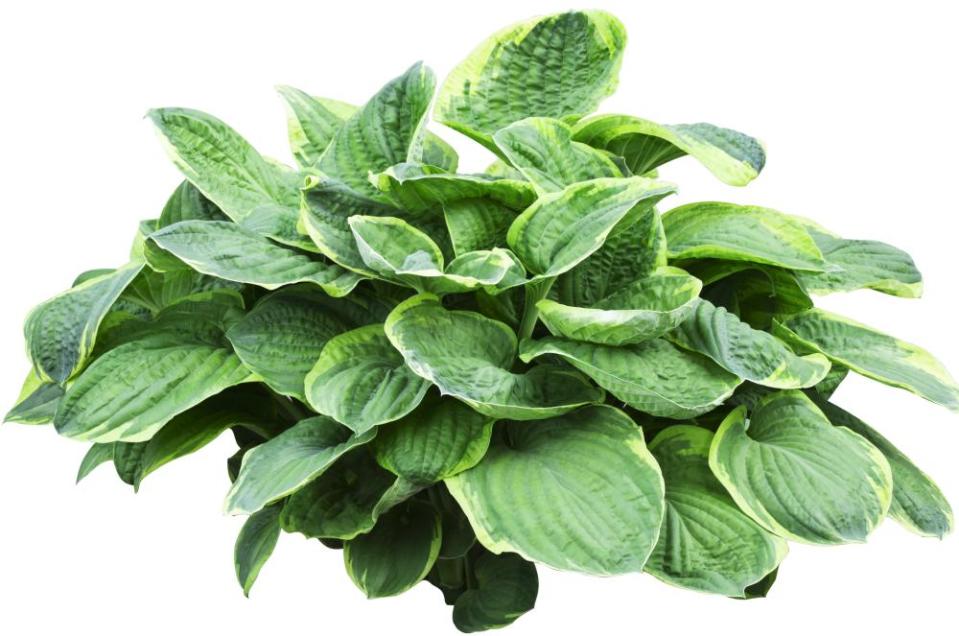
You’ll never achieve that sunbaked Provençal lavender field look if your garden is steeped in shade, so create a jungle instead, says Lori Laing: “Hostas ferns, and gunnera can turn a tiny north-facing terrace into a lush garden that envelops you with greenery.”
K is for keep a diary
Use a garden journal to note plants you’ve bought and when things are flowering or dying back, Cargill says. It’s an invaluable way to understand the seasons – and to help you remember what you’ve planted, where, the following year.
L is for lasagne
Bulb “lasagne” is the art of layering multiple bulbs in one pot in late winter, which then come up, layer by layer, in a gorgeous spring relay. In a pot no less than 40cm deep, add a layer of compost, followed by a base layer of tulip bulbs (you can pack them in, just make sure they’re not touching), cover with compost, then add a layer of daffodils, cover with more compost, then add grape hyacinths or crocuses and your final layer of earth. Grit your compost generously beforehand to provide good drainage and sprinkle chilli powder on top to deter bulb-eating squirrels. Try Sarah Raven’s YouTube tutorial for guidance.
M is for mulching
Mulch is a layer of organic material (compost, leaf mould or manure) applied to the surface of beds and pots to help suppress weeds, lock in moisture and improve soil quality. Make your own by putting fallen leaves and grass clippings in a sealed plastic bin and leaving for at least a year to break down. The RHS recommends applying a two- to three-inch layer to beds and pots in mid- to late spring and autumn.
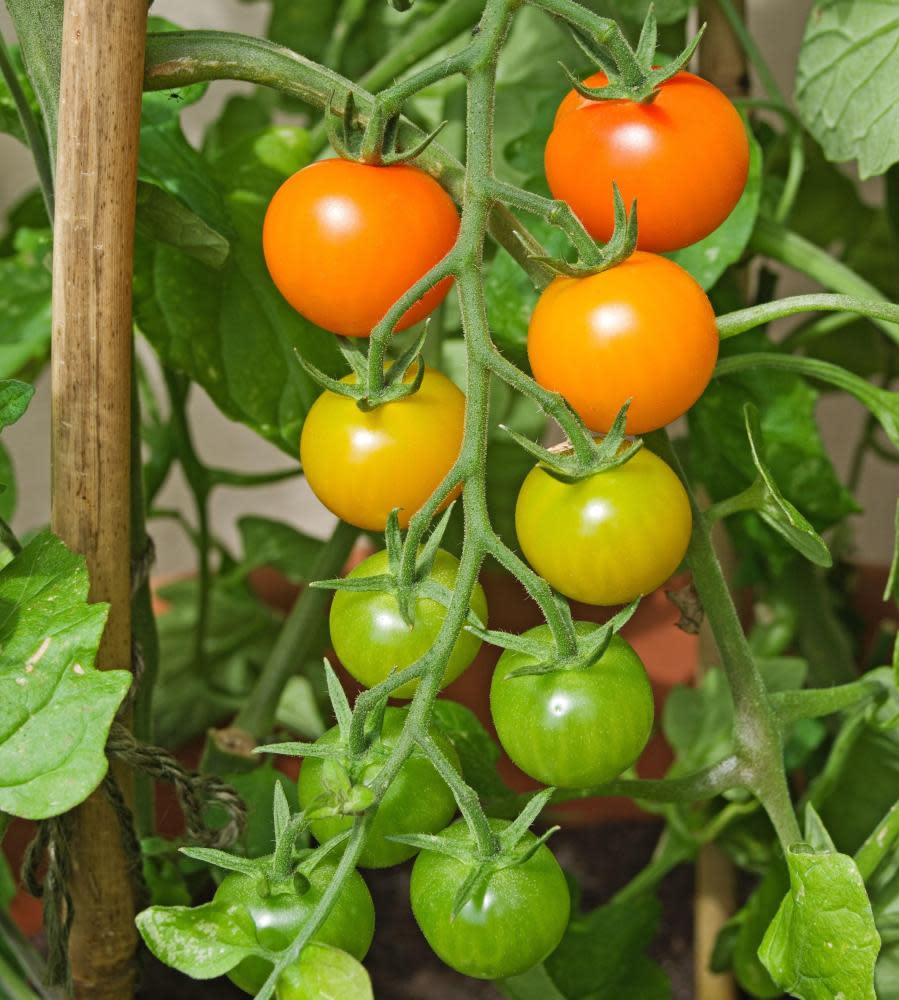
N is for nibbles
Think vertically when growing food in a small space, says blogger Ashley Nwokorie (@allotmentcafe) . “Tomatoes grown up a stick are great for a balcony, as are chillies.” The three sisters (corn, beans and squash) are companion plants that can be grown on top of each other– the squash at the bottom as the beans climb up the corn. “I grew them last year in a tiny two-metre-by-two-metre garden,” says Nwokorie.
O is for odd numbers
Always plant bulbs or bedding plants in odd numbers – it looks more natural. Also avoid planting in straight lines, unless you enjoy that municipal roundabout look.
P is for potscaping…
The odd-numbers rule applies to pots, too, says Palmer, but “go for fewer pots in larger sizes; they’re easier to maintain and make the space look less busy.” On-trend galvanised steel planters can be expensive, says Laing, so buy a cheap galvanised bucket and drill holes in the bottom for drainage.
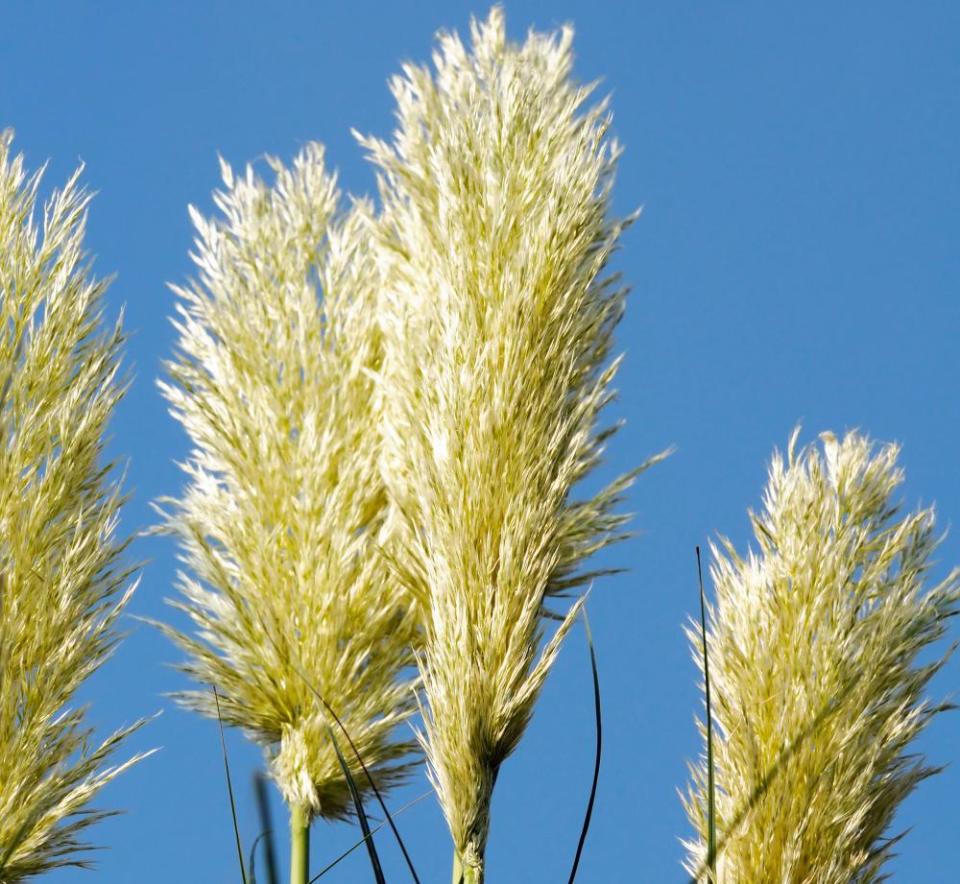
…and pampas grass
The 1970s ornamental grass once associated with swinging is back. Instagram is partly to blame, where tastemakers are displaying the fluffy cream fronds as alternatives to flowers (Kim Kardashian West among them). Cargill says “enormous” pampas is only for a large garden; Stipa gigantea is a good alternative.
Q is for a quality rose
Hardy, disease-resistant and long-flowering, a rose is something you’ll never regret planting. Among Cargill’s favourites are shrub rose ‘Gertrude Jekyll’ or the fragrant climbing ‘Constance Spry’. Follow @london_blooms for growing and pruning tips.
R is for rustic supports
Go as natural as possible with plant supports, Laing says. A sustainably coppiced willow trellis or obelisk (handy for sweet peas; try gardengifts.com) will let plants take centre stage. The obelisk will add a pleasing sculptural element to bare beds in winter.
S is for soil type…
Look at what is growing naturally on your street to give you an idea of the plants that will suit your soil, says Guy Barter, chief horticulturist at RHS Wisley. Gauge soil type with the “sausage” test: “Take a sample from the top 25cm of your soil and try to roll it into a sausage. If the sausage won’t form, your soil is sandy; if it forms a firm shiny sausage, it is clay; if a cohesive but non-slippery sausage forms, you are in luck and have a loamy soil well suited to growing a wide range of plants.”
…and seeds
Palmer says wildflowers, such as cornflowers, poppies and forget-me-nots, are a failsafe if you’re a growing-from-seed novice: “You can even buy a window box seed mix.” “Salad from seed is an easy win,” Laing adds. “It’s quick to germinate and you can grow it in a hanging basket. You’ll be harvesting all summer.”
T is for trimming
Remember the four Ds: “Remove anything dead, dying, damaged or diseased,” Laing says. Pruning also helps control a plant’s shape and encourages growth. Prune roses in January and February, she says, though March is fine if you’re late. Cut back a shrub rose by a third (“It will look small and bare, but it’s the best thing for it.”) and for climbers cut old flowering stems to about 15cm from the main stem. Lavender is best pruned in late summer after flowering to prevent it becoming woody, Laing says, “but you can give a little haircut in spring if it’s looking untidy.” The RHS website has a list of pruning “groups” with broad rules of thumb on what needs hacking back when, but Laing says don’t stress too much on timings: “I prune anytime between November and spring, depending on the plant. Just avoid doing it if there’s a frost coming.”
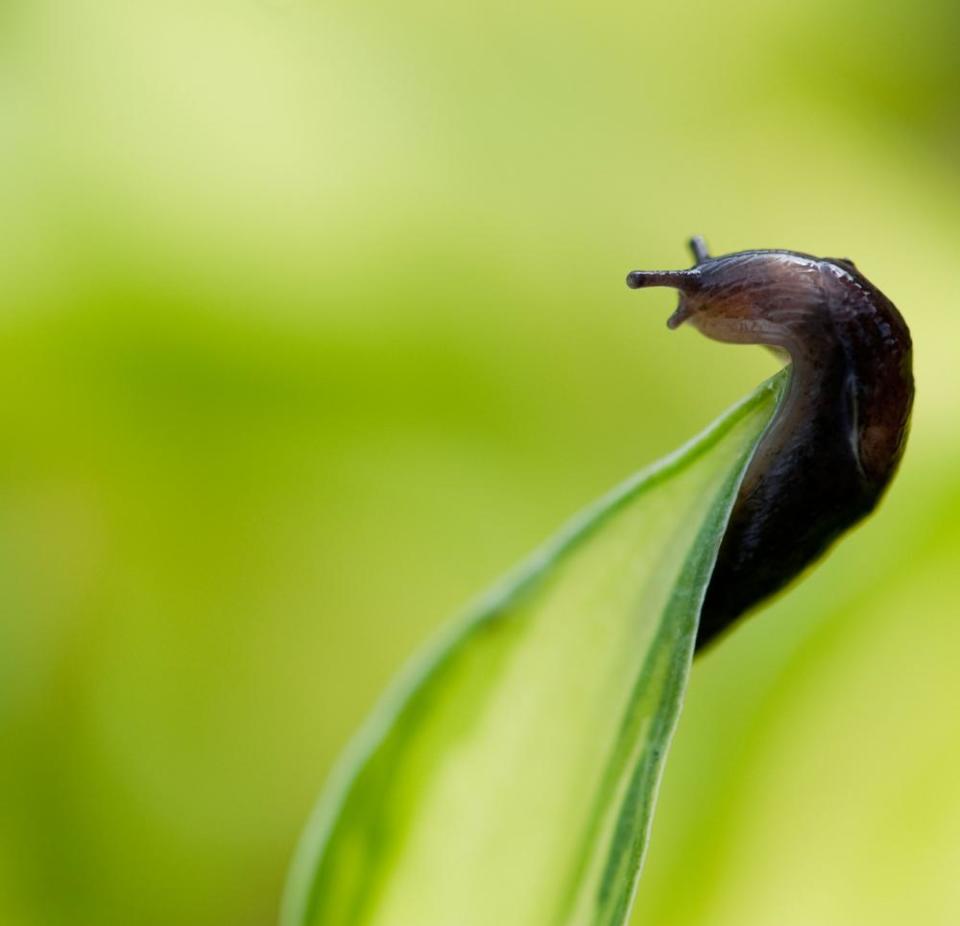
U is for understanding ‘pests’
“You’re not the only creature in your garden,” Cargill says, “so always take an organic approach.” Poisonous slug pellets can harm birds or the declining hedgehog population. “Slugs don’t like sharp gravel, so sprinkle a little around the base of plants they like to deter them,” he says.
V is for vertical
Make an ugly fence disappear with evergreen climbers. Cargill recommends star jasmine and clematis “Winter Beauty” for year-round coverage.
W is for watering

Some horticulturists argue that holding off watering once plants are established encourages them to send roots deeper in search of water, making them stronger and more self-sufficient. But make sure they have enough to survive during dry periods, says RHS water management specialist Janet Manning. “If you have shallow or compacted soil, then not watering won’t help their roots grow down any further.” Either way, try to use a water butt to avoid the hose. Pots may need watering every day in hot weather, but prevent waste by placing pot trays underneath to catch the excess. The RHS recommends watering first thing in the morning on a hot day, so the water doesn’t evaporate.
X is for X marks the spot
Avoid accidentally digging up bulbs by ordering plant markers. Sarah Raven sells pretty and durable zinc ones you can write on (£8 for six).
Y is for: You’ve got this
Gardening might seem daunting but remember, Barter says, “All plants want to live: they are on your side.”
Z is for Zen
Fill your plot with scented plants and herbs (rosemary, lavender, lemon balm or orange blossom) and install solar-powered lights so you can enjoy it after dark. Honeysuckle releases a strong scent at night: “Grow it on a south-facing wall, and on summer nights the radiating heat from the bricks will make the plant release its fragrance,” Laing says. Nature’s answer to a scented candle. And relax.


